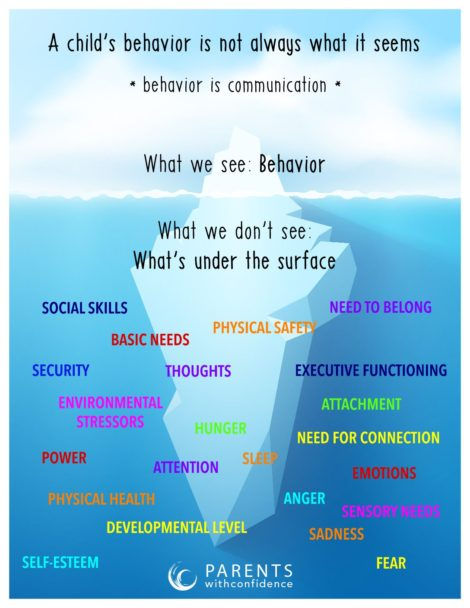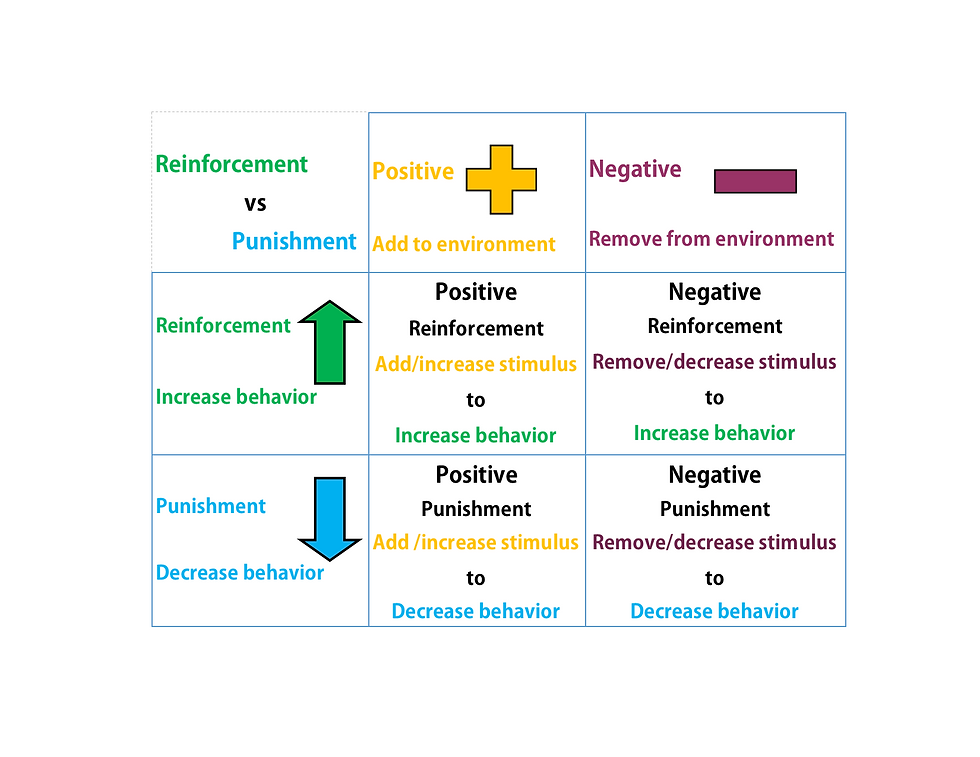Errorless Teaching
- Kelly Minor

- Mar 30, 2020
- 2 min read
Updated: Apr 14, 2020

Errorless teaching is an antecedent intervention. These interventions help to decrease challenging behaviors by minimizing the opportunity to make errors which in turn increases the child's interaction with reinforcement. It is important before starting this intervention (any intervention) to make sure you know what motivates your child. Make a list of reinforcers to use throughout teaching. Also, when starting each trial make sure you have the attention from your learner, eye contact, or eyes on flashcard or object.
The steps in errorless teaching are as follows:
Step 1: Identify target skills and the criteria for mastery.
Academic tasks: letter recognition, sight words, math facts or shapes.
Communication skills, including receptive skills: responding to verbal prompts and expressive skills: asking for something they want.
Life skills: hand washing or cooking.
Step 2: Identify the prompt level needed to ensure the child answers correctly. Also, develop a plan on how to fade the prompt (most intrusive- physical to least intrusive).
Physical- the child is cued by moving part of the child's body.
Modeling- correct response is demonstrated by teacher/parent.
Verbal- vocal cue that could be a phrase, word, or syllable.
Visual- picture, text, or positional cue
Gestural- nonverbal cue such as pointing.
Independently- no assistance needed
Step 3: Begin teaching trials.

Example:
Mrs. Minor wants to teach her 6 year old, Jack, pre-primer sight words using errorless teaching. She starts by making a list of reinforcers chosen by Jack and flash cards with each sight word. We will start with 5 cards (2 of which he already knows). The mastery criteria will be when Jack independently says the sight word on the flashcard after 4 correct responses in 4 consecutive trials.
Mrs. Minor shows Jack the first and second flashcards "and" "red"(which he knows), he answers correctly. We high five on both. He is engaged and excited he read both cards. Third card is "big". Jack starts to sound out the word b-a... Mrs. Minor says "big", "what's the word", Jack says "big", Mrs. Minor says "big"and reinforces him him by letting him bounce the ball 2x. Next card is "blue", Jack answers correctly. He gets to bounce the ball 2x again. We do 10 trials with all 5 cards. We will have to add more words as Jack masters his sight words. We could use more cards or less depending on how successful Jack is with 5 cards.
Example Data Sheet
Sight words- +=correct and independent -=incorrect P=physical, M=model, V=verbal, Vi=visual, G=gestural
and + + + + + + + + + +
red + + + + + + + + + +
big -V + + -V + + + -V + +
blue + -V + + + + + + + +
run -V + -V + -V + + + + +
Jack mastered and, red, blue, and run. We will keep run, blue, big and add 3 new sight words for the next day. We will have 6 sight words all together.


Comments